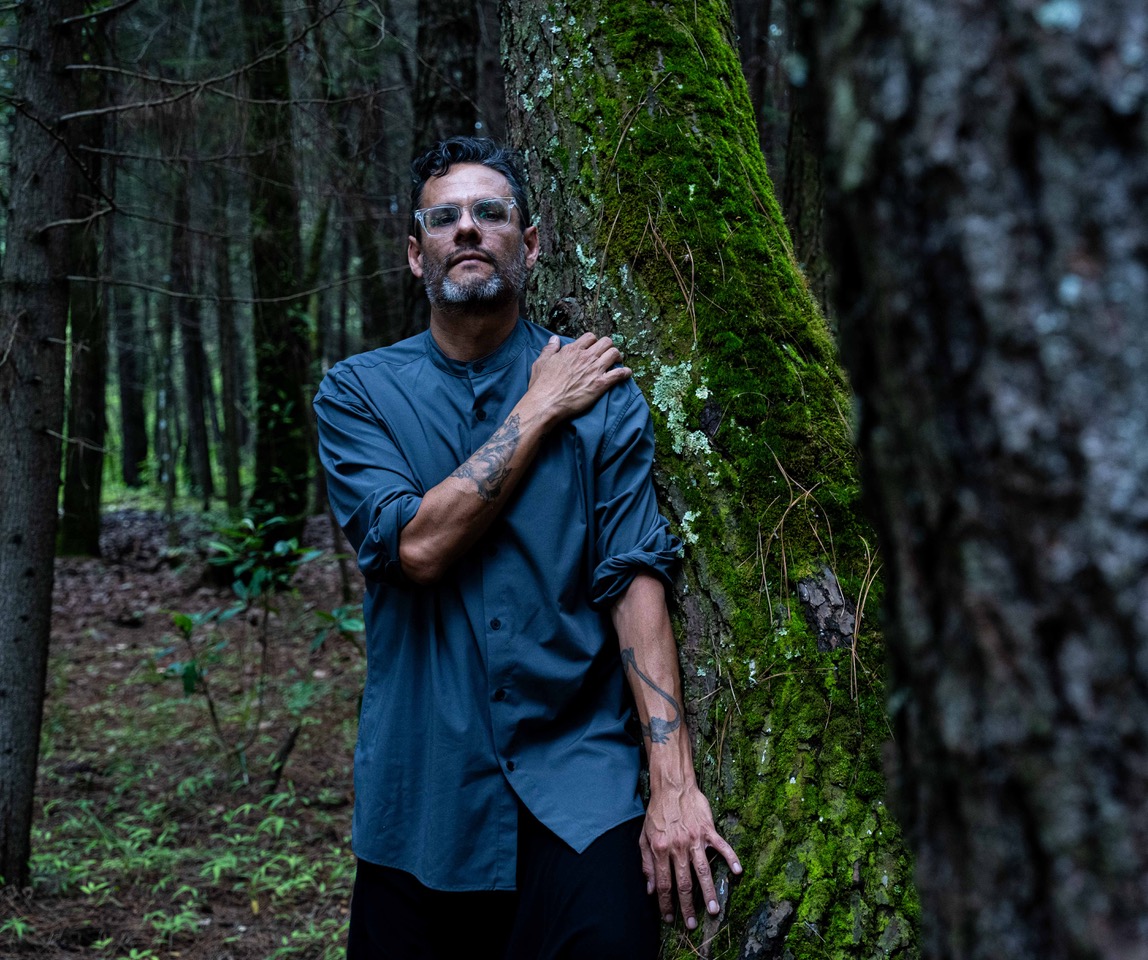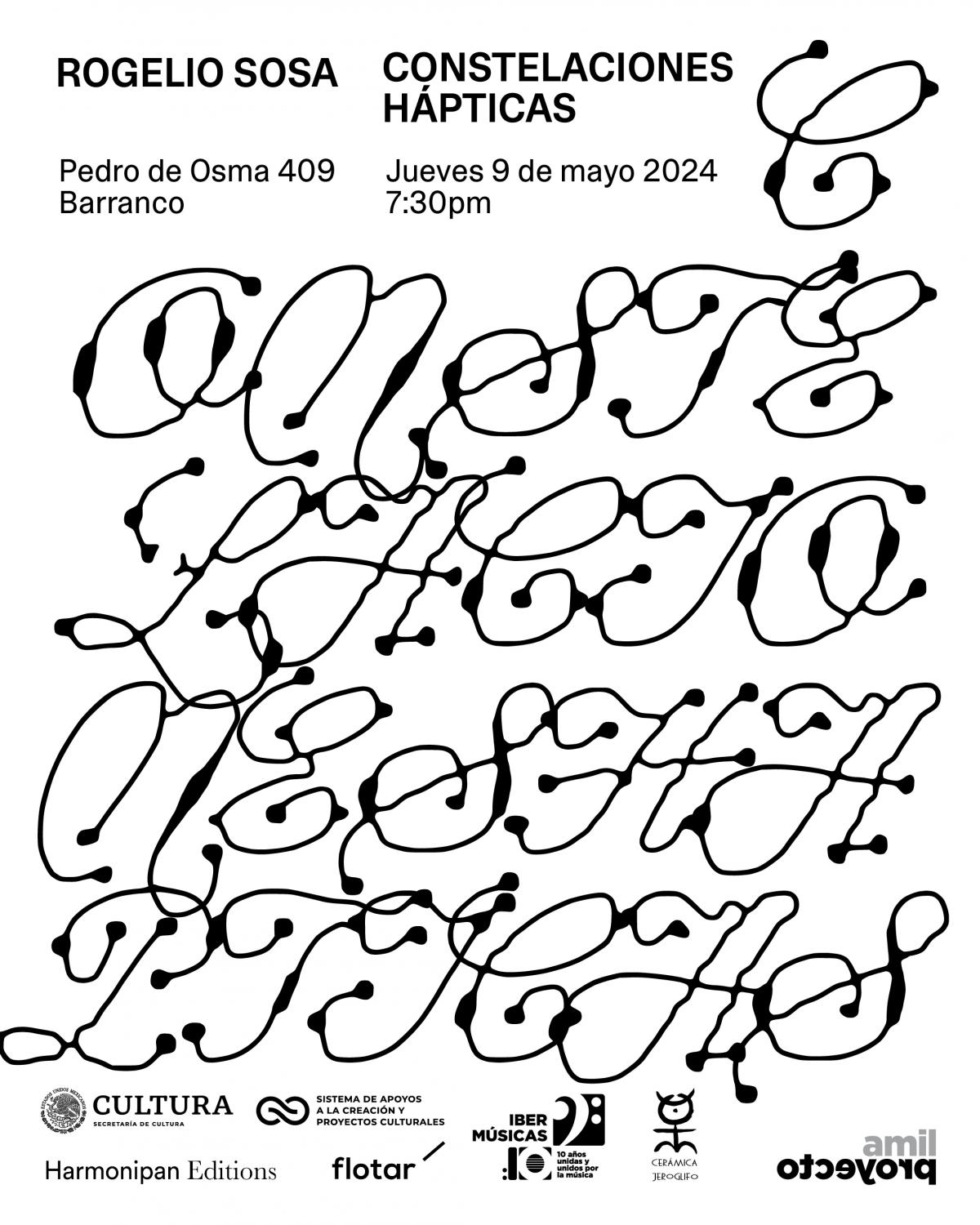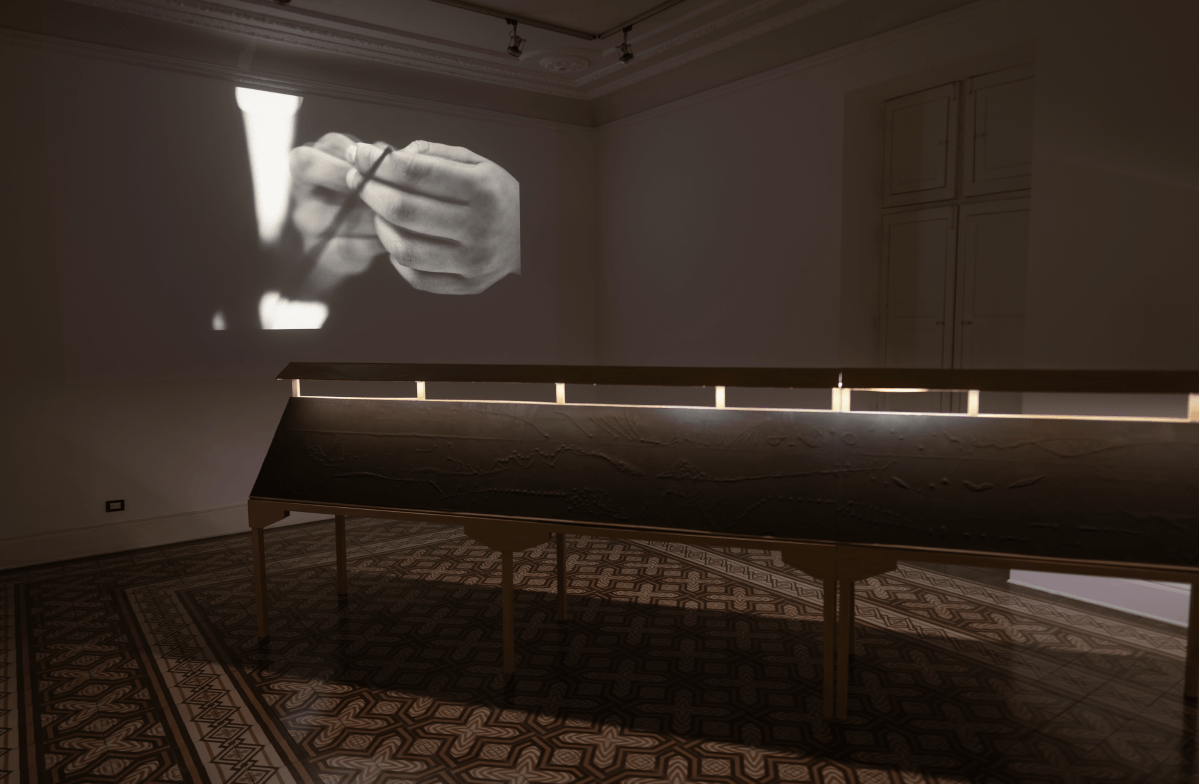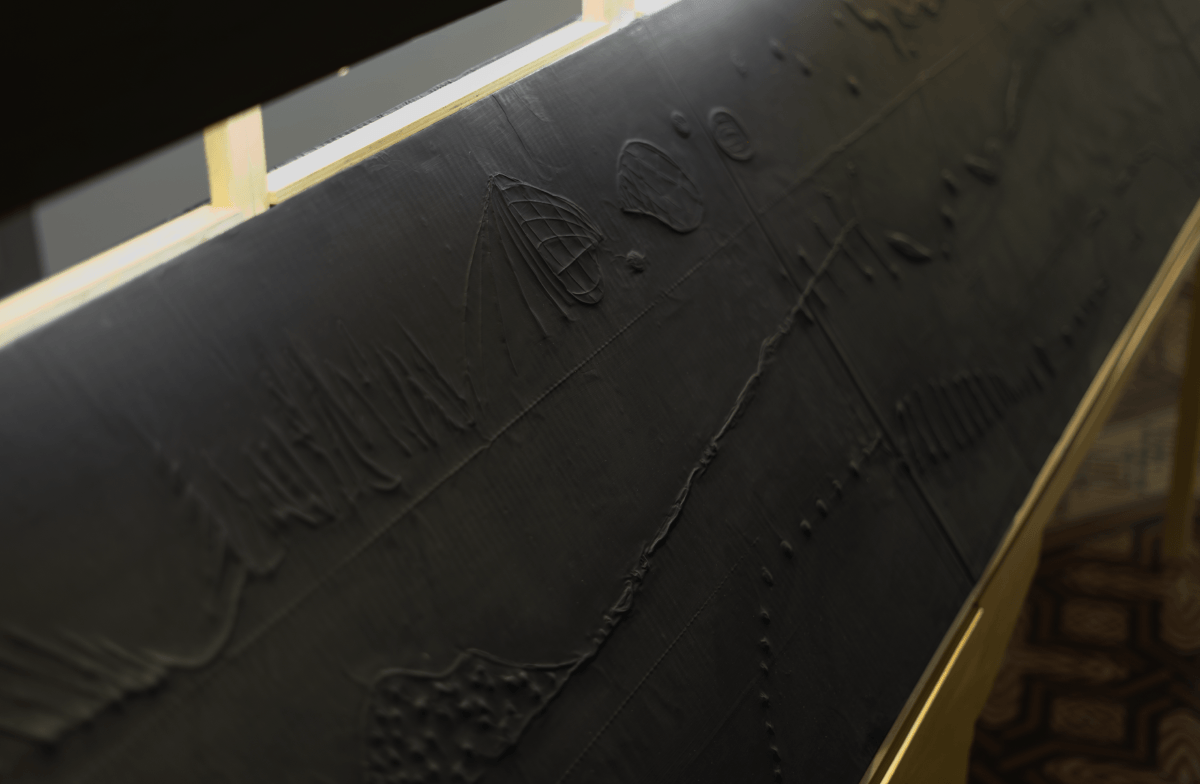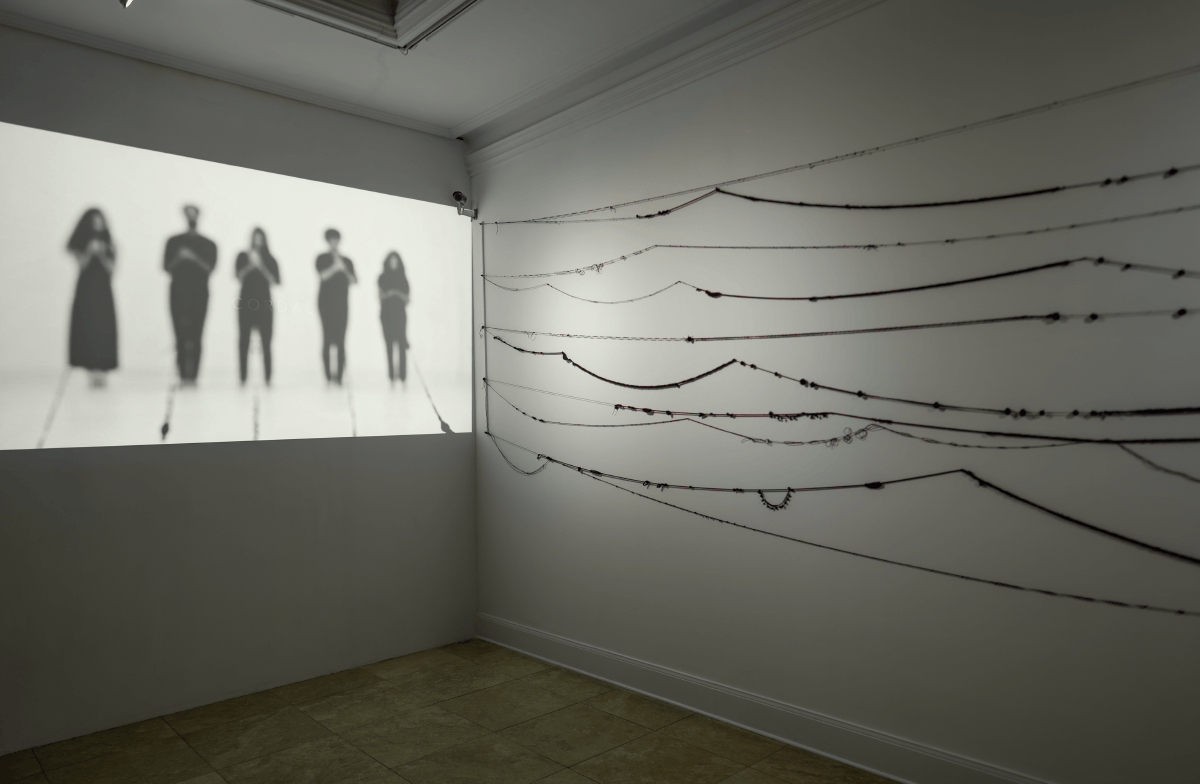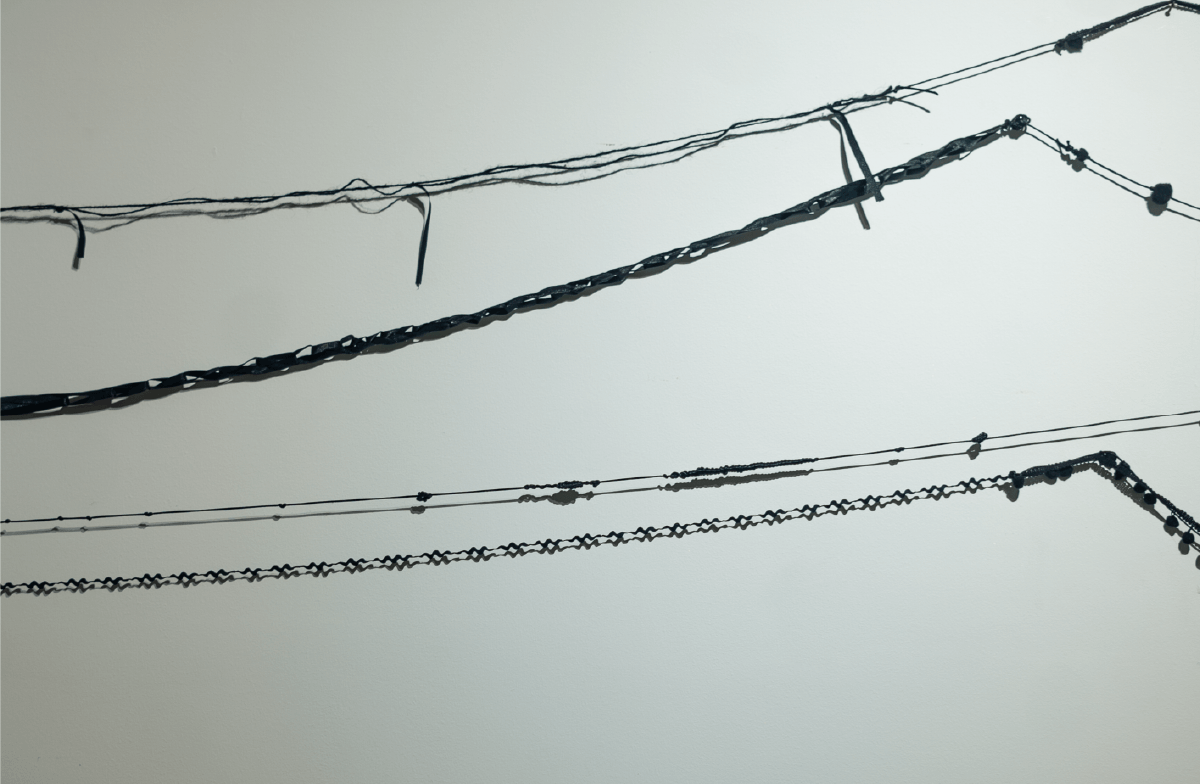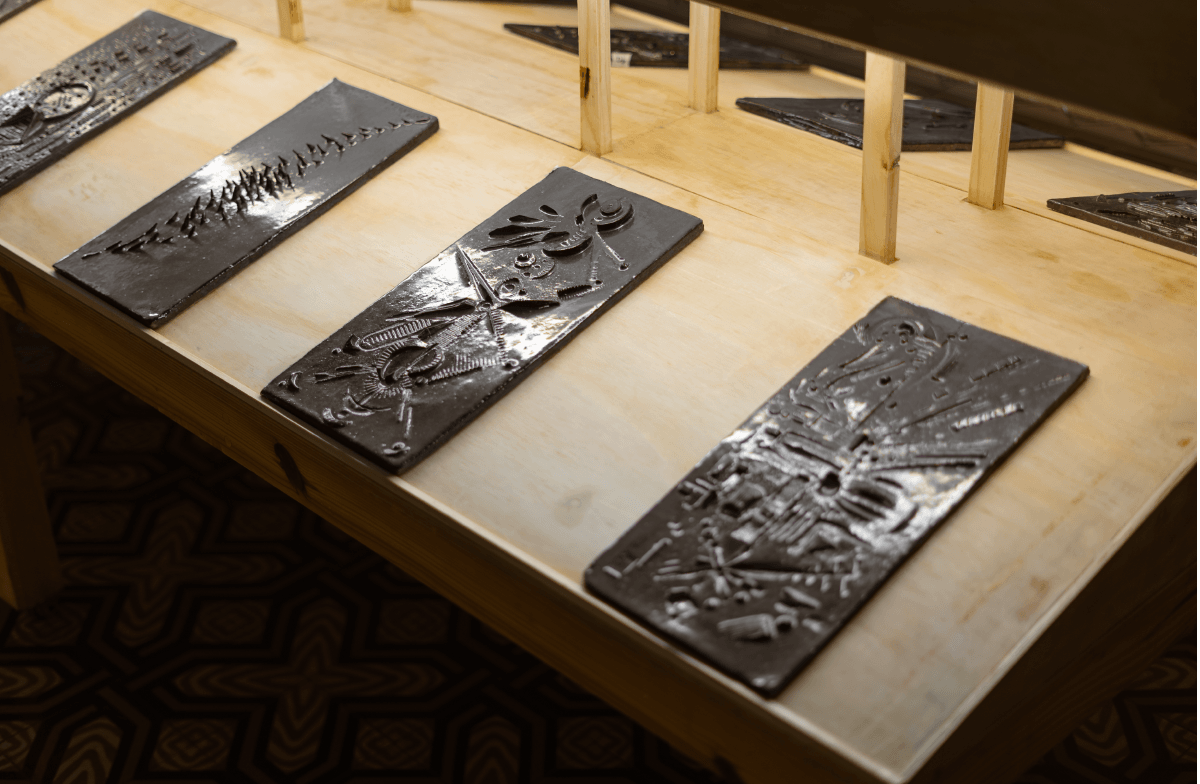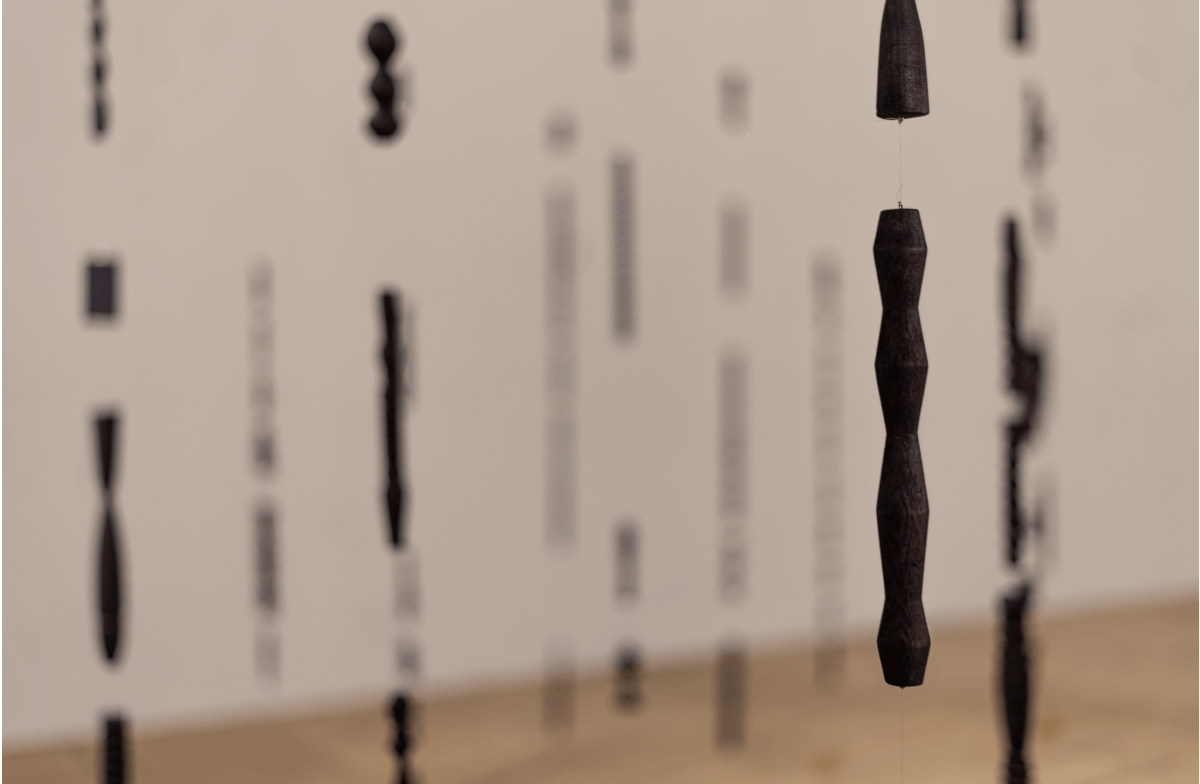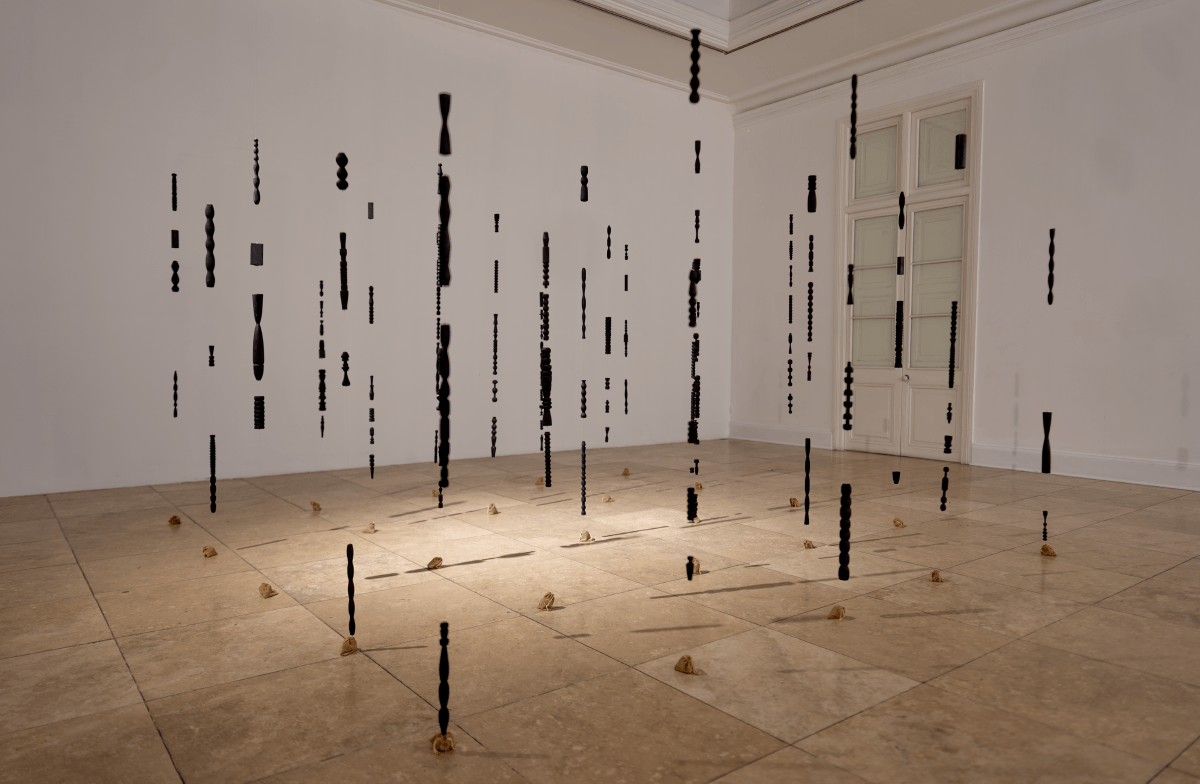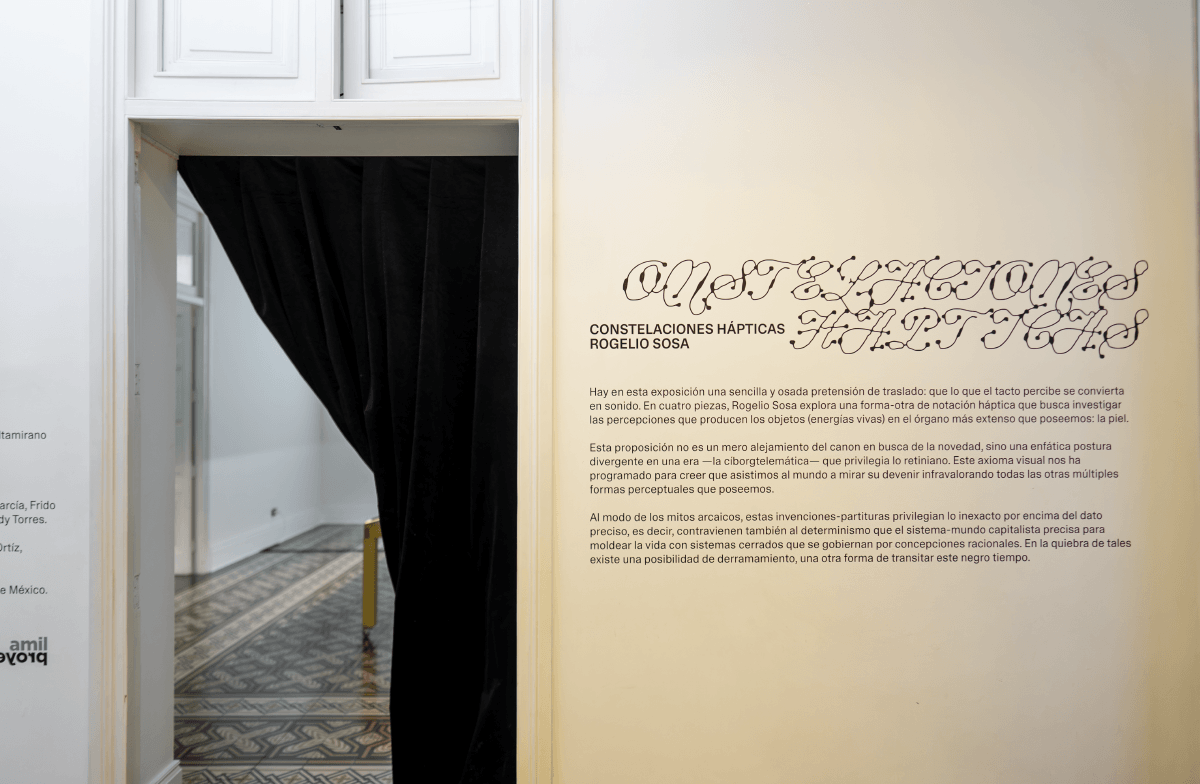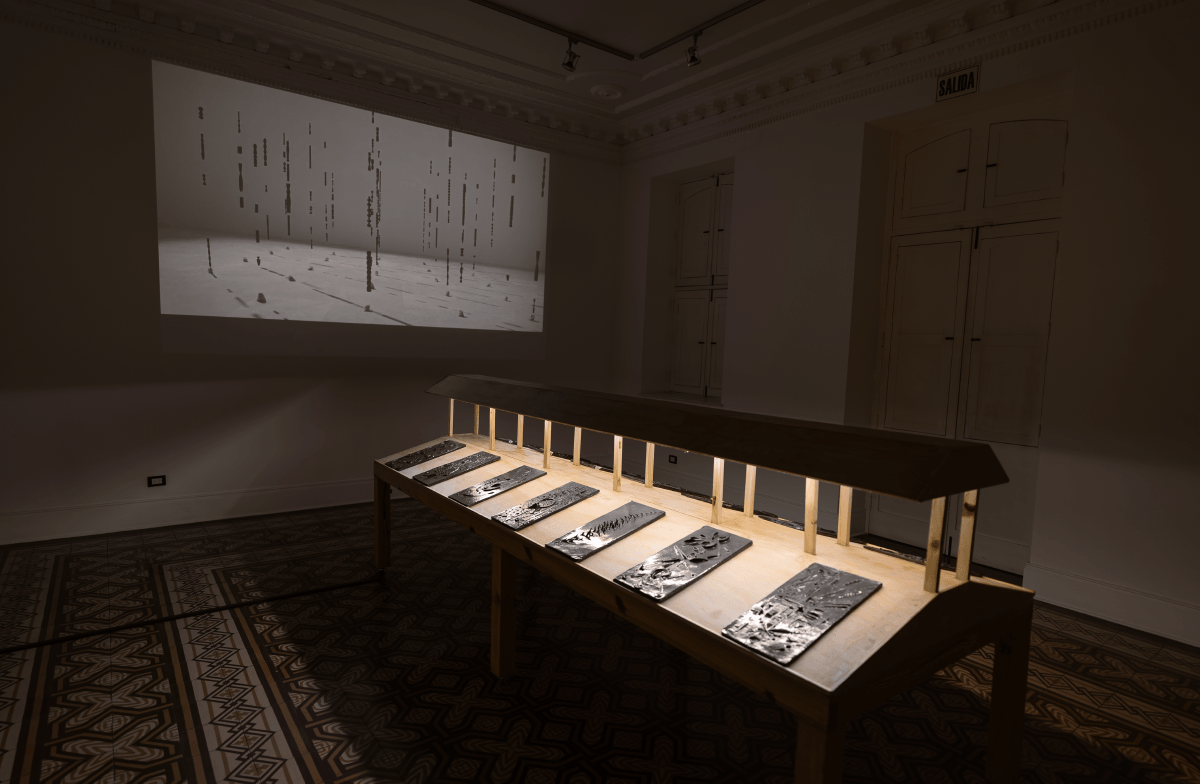Opening
Thursday 9 may 2024
7:30pm
9 May – 31 August 2024
Av. Pedro de Osma 409, Barranco
Lima, Peru
Free Admission
Hours
Wednesday – Saturdays
3pm – 8pm
proyectoamil
Lima
proyectoamil is pleased to present the first exhibition in Lima by Mexican artist Rogelio Sosa. This exhibition, entitled Constelaciones hápticas (Haptic Constellations), shows the results of the artist’s month and a half long residency in Lima. Rogelio has produced four works especially for our new space in Barranco.
In this exhibition, there is a simple yet bold intention of transfer: to convert what touch perceives into sound. Against the grain of the academic tradition of graphic musical notation, Rogelio Sosa explores another form of haptic notation that seeks to investigate the perceptions produced by objects (living energies) on the most extensive organ we possess: the skin.
This proposition is not (only) a diversion or a mere departure from the canon in search of novelty, so dear to the art system, but rather an emphatic divergent, anti-hegemonic stance in an era—the cyborg-telematic—that privileges the retinal.
This visual axiom has programmed us to believe that we attend to the world to watch its evolution, that we go to a gallery or an exhibition to observe, undervaluing all the other multiple perceptual forms we possess. Those blank spaces—falsely neutral—serve as a place where objects enter (aseptically) into our bodies through sight: the gallery is the parallel of the page, ready to receive the logos in its foolish romance with ink. Both systems of exhibition and transmission of knowledge are an inversion of one of the oldest forms of writing: the stars in the sky; to constellate has always been to write, to make of the cosmos a myth to pass it through time.
In the manner of ancient stories and immemorial myths, Rogelio’s invention-scores privilege the inaccurate over the precise data, that is, they also contravene the necessary determination and efficiency that the capitalist world-system requires to achieve its mercantile flows. This denial of the exact induces a high degree of creative freedom to the performer, who with their voice translates into sound what their fingertips and palms feel: textures, roughnesses, volumes, topographies, similarities, differences.
The four material forms that become scores stem from Rogelio’s encounter in Peru a few years ago with the quipus; now, after distilling the fascination, he proposes an abjection of the object and its principle: beyond understanding them as a mnemonic system of notation and counting, Rogelio finds in them a possibility of ambiguous writing.
The knots, woods, ceramics, reliefs, and other objects do not intend to preserve “exactness,” but to become a provocation for the creative interpretation of a system that explores the interstices and folds between dualities to expand—as a metaphor—the infinite spectrum of grays between two voids.
These improvisation structure-constellations require sharpening
feeling
thinking
emitting
So that touch affects the symbiotic body of the interpreter, who in turn reacts by inhaling-toning, reacting-sounding.
The four object-systems have in common their blackness. Although this quality is not absolute (we can see them offering punctual reflections in space, or brown and earthy tones), it intends to assert itself as another negation of dominant visibility: they desire their absence, or to be a veil rather than an image-matter. It is worth repeating: they ask to be felt with touch so that their subtle nuances provoke a mutual encounter: matter touches and allows itself to be touched.
That invitation to touch them is consistent with an ethic of making that for Rogelio is of seminal importance: his work involved modeling clay that was not commissioned to an artisan—there is no symbolic or material exploitation. The earth comes from Valle de Bravo, where he has lived for years, endeavoring to weave lasting relationships with his surroundings. The same happens with the embossed sheets and turned woods that emerge from the work of his hands—through tools, clearly.
This making consciously decides to modify certain materialities that have an organic affiliation such as wood, or clay, or textiles: they maintain a close relationship with a territory that is venerated and from which care is taken not to fall into extractivism. Elemental materials offer a superlative malleability and allow “to combine the haptic experience of manufacturing with the organization of composition and silence in time,” in Rogelio’s words.
With this set of works, the denial of another profuse tendency is also proposed, almost an idolatry: our time’s fondness for smoothness, for everything that does not present roughnesses or differences. Let’s think about how many times we have caressed the pristine screen of the phone and how many times the rough bark of an alder, or a carob. Let’s think about skin depilation, about the Botox we inject to eliminate roughness, about most of Jeff Koons or Anish Kapoor’s sculptures…
Rogelio Sosa’s score forms are sustained in opposition-tension with smoothness; they feed on discontinuities, on the strange, on the negativity of the crinkled. They are useful, precisely, because they refute that emptiness (silence) of smoothness. To accommodate negativity is to accept the complexity of the mysteries that recreate existence.
It is worth reconsidering, to conclude, the scores not as utilitarian objects but as beings that modify us. Elvira Espejo has said about the act of spinning and weaving:
“…one watches how the fingers feel; one listens to your body how it receives and hears the song of the fingers; one allows the fingers to feed on the textures in order to identify things […] Feeling the textures, the smell of the wool, the thinking of the whole set of actions enables multidisciplinary learning that allows you to feel that the spinning wheel is not only an instrument but a living being that inspires you and guides you, to bring a thread of life to the loom.”
Those same principles are, here, put into play. Each interpreter holds a conversation from their subjectivity with the other beings they touch and that modify them. Or, speculating further, it serves to ask ourselves where we end, why do we consider our skin as what separates us from the world? What are we if not an incessant relationship?
For centuries, modernity shapes life with closed systems governed by rational conceptions; in the breakdown of such, there is a possibility of spillage, another way of transiting this dark time.
Mauricio Marcin
